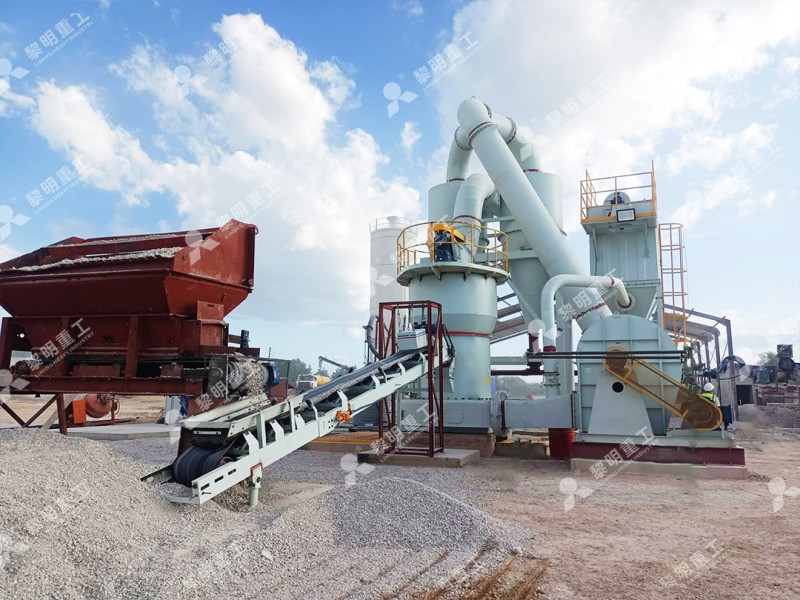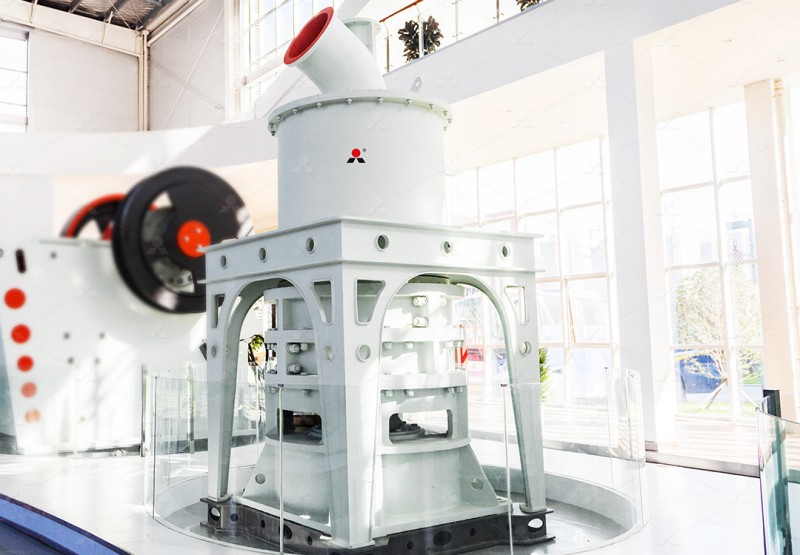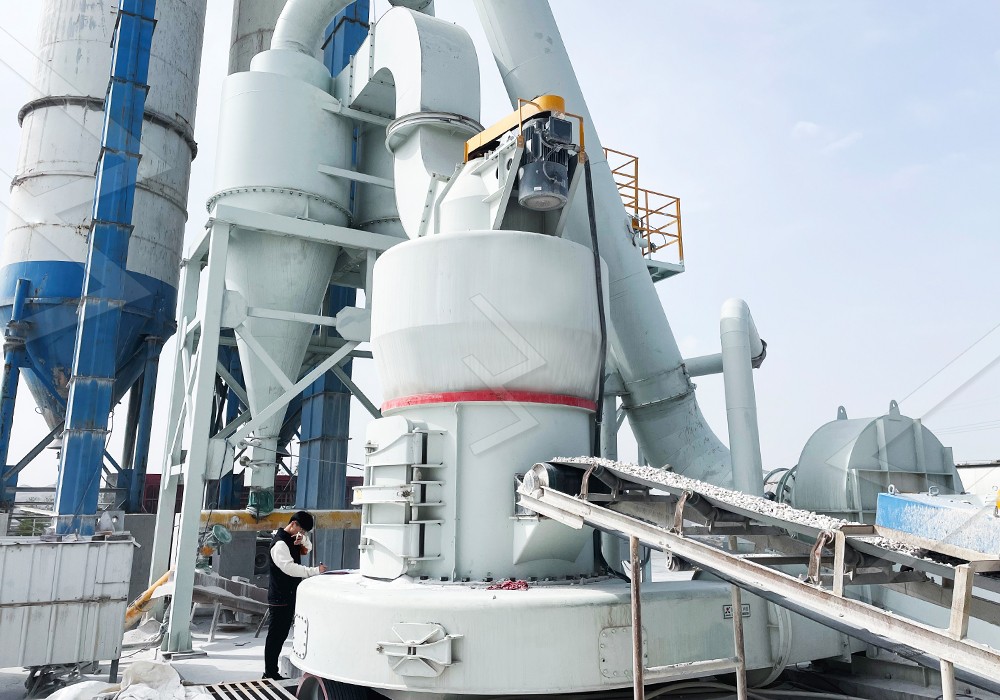Small High-Efficiency Raymond Mill for Fine Powder Processing
Small High-Efficiency Raymond Mill for Fine Powder Processing
In today’s competitive industrial landscape, the demand for efficient fine powder processing solutions continues to grow across various sectors. For operations requiring compact yet powerful grinding equipment, small high-efficiency Raymond mills represent an ideal solution that balances performance with practical considerations.

The Evolution of Compact Grinding Technology
Traditional grinding methods often struggle to meet the dual demands of fine powder quality and operational efficiency. The modern small Raymond mill addresses these challenges through innovative engineering that maximizes output while minimizing footprint. These systems typically handle input sizes up to 25mm with capacities ranging from 0.6 to 5 tph, making them suitable for small to medium-scale operations where space and efficiency are paramount.
The fundamental advantage of these compact systems lies in their optimized grinding chamber design, which ensures thorough material processing while maintaining consistent particle size distribution. The centrifugal force generated by the rotating rollers creates the necessary pressure against the grinding ring, effectively reducing materials to the desired fineness.
Advanced Features for Modern Applications
Contemporary small Raymond mills incorporate several technological advancements that distinguish them from earlier generations. The integration of efficient pulse dust collectors and mufflers significantly reduces environmental impact, addressing both dust control and noise reduction concerns. This makes them suitable for installation in diverse settings, including those with strict environmental regulations.
For operations requiring even higher efficiency and finer powder outputs, we particularly recommend our MW Ultrafine Grinding Mill. This advanced system handles input sizes of 0-20 mm with capacities ranging from 0.5-25 tph, making it an excellent choice for customers needing to produce ultra-fine powder. The MW series features higher yielding with lower energy consumption, achieving production capacity 40% higher than jet grinding mills with system energy consumption only 30% of comparable equipment.

Application Versatility
Small high-efficiency Raymond mills demonstrate remarkable versatility across multiple industries. They effectively process materials including limestone, calcite, dolomite, petroleum coal, gypsum, barite, marble, talc, and various coal powders. This broad applicability extends to chemical industries, paint production, cosmetics, pharmaceuticals, and food additives.
The adjustable fineness capability, typically ranging between 325-2500 meshes, allows operators to fine-tune output specifications according to specific application requirements. This flexibility is particularly valuable for operations processing multiple materials or producing powders for different end uses.
Operational Considerations
When selecting a small Raymond mill, several factors warrant careful consideration. The absence of rolling bearings and screws in the grinding chamber eliminates concerns about bearing damage or loose screws causing machine failure. External lubrication systems enable maintenance without shutdown, supporting continuous 24-hour operation when necessary.
Another excellent option for specialized applications is our LUM Ultrafine Vertical Grinding Mill, which handles input sizes of 0-10 mm with capacities of 5-18 tph. This mill incorporates the latest grinding roller technology and German powder separating technology, providing exceptional performance for superfine dry powder production of non-metal ores.

FAQ
What is the typical energy consumption of a small high-efficiency Raymond mill?
These mills are designed for optimal energy efficiency, with advanced models consuming approximately 30-40% less energy than traditional grinding systems while delivering higher output.
How does the MW Ultrafine Grinding Mill achieve higher yielding with lower energy consumption?
The MW series features newly designed grinding curves of grinding roller and grinding ring that enhance grinding efficiency. With the same fineness and power, its production capacity is 40% higher than jet grinding mills while system energy consumption is only 30% of comparable equipment.
What maintenance requirements should operators anticipate?
Modern designs significantly reduce maintenance needs through features like external lubrication systems and the elimination of internal rolling bearings. Regular maintenance primarily involves monitoring wear parts and ensuring proper lubrication.
Can these mills handle materials with varying moisture content?
While basic Raymond mills have limitations with high-moisture materials, integrated systems with drying capabilities are available for processing materials with elevated moisture content.
What safety features are incorporated?
Standard safety features include pulse dust collection systems that eliminate dust pollution, noise reduction technology, and comprehensive sealing that maintains negative pressure operation to prevent material leakage.
